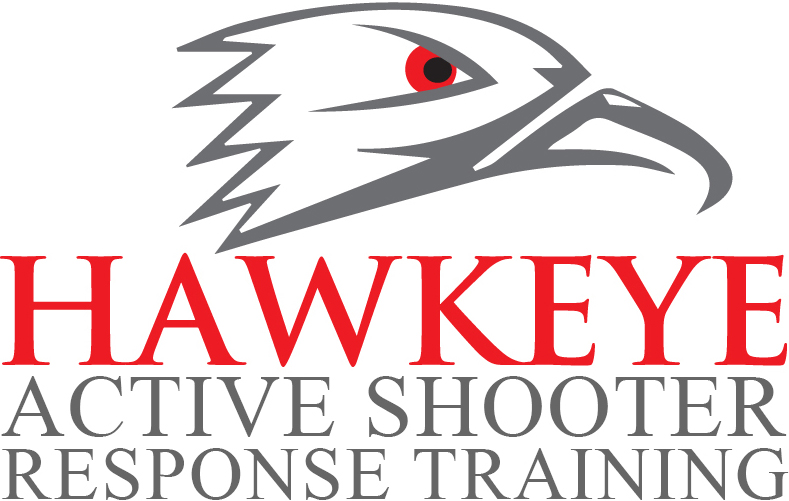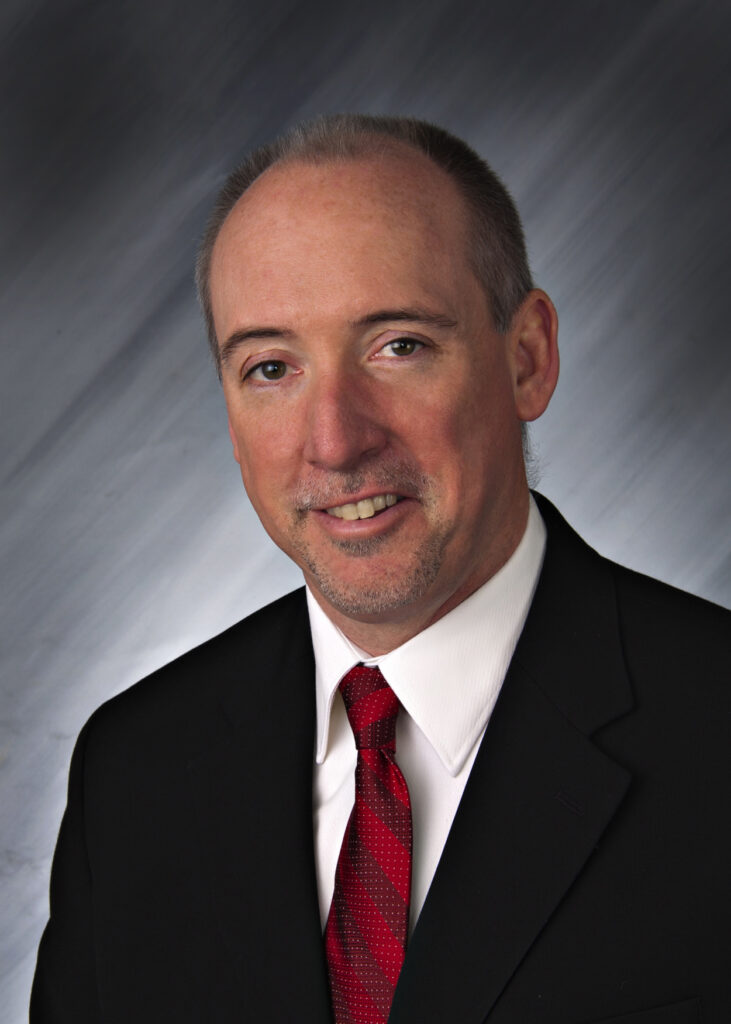I recently read an article about the Uvalde, TX school shooting. The article appeared in the December 5, 2023 edition of The Texas Tribune and was titled “Uvalde Shooting Shows Contrast in Preparedness Between Students and Police.” Although the Uvalde investigation continues, I believe it’s appropriate to make some comments and offer my thoughts on this tragic event.
First and foremost, my heart bleeds for those who lost loved ones in this tragedy. The horror that these victims had to endure is gut-wrenching.
Secondly, I was not involved in the Uvalde incident in any manner. I have no special access to information, documents, videos, or reports that have not otherwise been made public. My comments and positions expressed here are based solely on a review of the publicly available information and my experience in these matters.
Frequently, during presentations or instruction sessions, the Hawkeye team is asked about the Uvalde Shooting. It’s an understatement to say that there is plenty to critique. But it is no longer enough to simply critique these incidents in the aftermath and proclaim that change needs to occur. Unless we act on those identified shortfalls, these tragedies will continue to result in high victim counts and increase in frequency.
While I was not at Uvalde, I have dedicated my life to teaching people how to survive active shooter incidents. During my time as the police, I was exposed to similar tragedies and senseless violence. My goal is to teach people, without any sugar-coating, what to expect from the police during an active shooter incident. Our discussion and response to these incidents must be based on reality for us to make any forward progress.
Reflecting on Police Response
Hawkeye Active Shooter Response Training is a branch of Workplace Violence Mitigation (WVM). We chose to call ourselves “Workplace Violence Mitigation” because “Workplace Violence Prevention” or “Workplace Violence Elimination” would imply a definitive solution to such violence. There simply isn’t one. All we can do is attempt to mitigate the impact and train people to save themselves.
I was a law enforcement officer from 1989 to 2014. After years of responding to these events, I began to analyze my training as a police officer and its effectiveness. Was it really serving its purpose? We trained, but not hard enough. Training was the first thing to go when our budget needed trimming, and the budget always needed trimming.
Our sense of urgency began to change following the tragedy at Columbine, but change was slow. We knew that change was necessary, but what did that look like?
Unfortunately, change is slow, and when you’re dealing with active shooter events, you can’t afford to be slow. But lives are continuing to be lost in similar events every day.
I noticed that the “changes” implemented by law enforcement were an improvement, but nothing was standardized. There were communication issues. Everyone had trained differently and at different levels. Multiple police agencies would respond to these events, leading to chaos. The police have mere seconds to respond appropriately, and because of a lack of proper training and communication, the incidents almost always end in more tragedy.
Hawkeye Active Shooter Response Training does not focus on training police officers. That’s not to say that law enforcement training isn’t necessary; it’s a large part of the problem. But we focus on a different part of the solution.
After years of responding to these events, I began to analyze my training as a police officer and its effectiveness. We trained, but not hard enough.
Law Enforcement Training
In my opinion, law enforcement training has to be universal and consistent; standardized and mandated. That requires funding which is always a difficult issue to tackle. I won’t even get into law enforcement challenges with recruitment and retention, but active shooter response training for police starts with developing national protocols. An officer from New York and an officer from California should be able to work together during an active shooter event like a well-oiled machine. They should be on the same page and aggressively manage the task.
SWAT no longer responds to active shooter events like they did in the past. Instead, every officer who takes an oath to serve and protect must be trained to deal with this type of incident. Police training for active shooter response must start at the academy level.
I’m not talking about an eight-hour block of instruction. I’m talking about two weeks of instruction, exercises, and scenarios.
Police response to an active shooter event is nothing short of a combat mission and it should be taught and trained as such. Receiving news that your child was injured or killed in an active shooter incident is something that no parent wants to experience.
Police response to an active shooter event is nothing short of a combat mission and it should be taught and trained as such.
In the aftermath, being told that untrained police officers were a contributing factor should be unacceptable. After academy graduation, officers should be retrained and tested annually on their active shooter response proficiency. Minimal levels of proficiency should be mandated.
Given what it would take to implement such change, some may argue that my vision is a fantasy. But change is essential to reducing these tragic events, and we have to start somewhere.
Discussion about law enforcement response is ongoing, but progress is slow and change is difficult. The same problems with police response seem to be on replay over and over again in the news. I believe that the realistic solution for law enforcement, to the extent that there is one, is to uniformly train officers until they cannot get it wrong.
Training YOU to Save Yourself
The second part of the problem is training for civilians and students. Hawkeye does not train police or actively respond to active shooter events, and that’s because we’re focused on training ordinary people and companies like you. We approach active shooter response training realistically. We know that most people will never learn how to act like law enforcement in a few hours.
Here at Hawkeye, our team of active shooter response trainers is qualified and hand-selected to teach ordinary people how to save themselves. This isn’t law enforcement or military training. Not everyone is equipped to teach civilians about active shooter response.
A first responder’s job is done once a crime scene is secured with yellow tape. Unfortunately, the targets of the attack become responsible for dealing with most of the aftermath.
We’re talking about survival here! Local police departments are okay with teaching companies and schools to conduct lockdown drills in order to check a box. At Hawkeye, we know that these events are unpredictable and chaotic. Our trainers use a combination of federally endorsed, OSHA-recommended training tactics as well as scenario-based training that’s easy for ordinary people to visualize.
Local police departments are okay with conducting lockdown drills to check a box. At Hawkeye, we know that these events are unpredictable and chaotic.
I have two daughters and both of them graduated from the public school system. While they were in school, we trained them using Hawkeye’s active shooter response training. Hawkeye’s methods are often contradictory to the lockdown drills that you or your kids might have learned previously. That’s because my job is to ensure that my kids come home and know what to do if there are bullets in the air.
In my opinion, schools should also find room in their budget for proper active shooter response training that goes beyond lockdown drills. Students’ lives should be non-negotiable.
This doesn’t mean that I’m against schools and law enforcement working together, but staff and students should be properly trained first. Staff and students at Uvalde reacted quickly, but lives were still lost.
If schools have their own active shooter response plan in place, they can share that plan with local law enforcement and let them adjust their response accordingly. The Texas Tribune article points out that the training and survival tactics weren’t uniform for both law enforcement and school personnel. But who trained the staff and students? Answer: Probably law enforcement.
Both police and civilians lacked proper training at Uvalde, resulting in further tragedy. It’s one thing to recognize the necessity for change when it comes to violence and active shooter response training, but it’s quite another to focus on making that change. Hopefully, Hawkeye can be your company’s first step to getting there.
It’s one thing to recognize the necessity for change but it’s quite another to focus on making that change.
Dan Skoczylas
Dan worked in law enforcement from 1989 to 2014. He developed his agency’s first Gang / Narcotics Unit and worked international narcotics smuggling and money laundering cases for the US Customs Task Force. He was promoted to Sergeant in 2001 and to Lieutenant in 2007 before retiring in 2014. Dan is a founding member of CLS Background Investigations and Makton Investigations. He oversees the private sector background investigations program for CLS and is a Supervisory Investigator for Makton. Dan is the primary license holder for Hawkeye Security and authored the book “If You’re Looking For a Victim… Keep Looking!”

